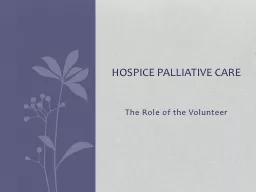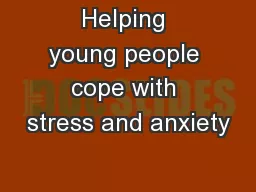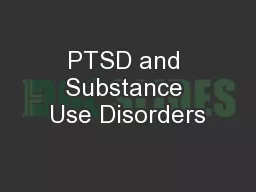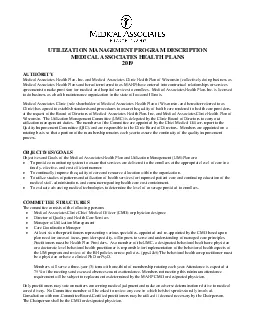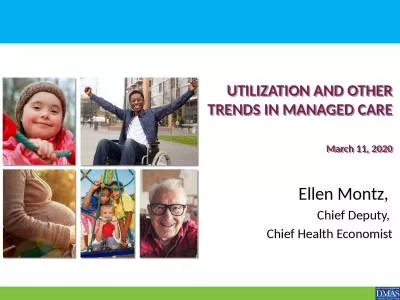PPT-Utilization of COPE in the College Population
Author : alexa-scheidler | Published Date : 2015-11-15
Rachael Hovermale DNP APRN Eastern Kentucky University Emerging Adults Moving outside family of origin Opportunities for growth and change Changes have potential
Presentation Embed Code
Download Presentation
Download Presentation The PPT/PDF document "Utilization of COPE in the College Popul..." is the property of its rightful owner. Permission is granted to download and print the materials on this website for personal, non-commercial use only, and to display it on your personal computer provided you do not modify the materials and that you retain all copyright notices contained in the materials. By downloading content from our website, you accept the terms of this agreement.
Utilization of COPE in the College Population: Transcript
Download Rules Of Document
"Utilization of COPE in the College Population"The content belongs to its owner. You may download and print it for personal use, without modification, and keep all copyright notices. By downloading, you agree to these terms.
Related Documents



